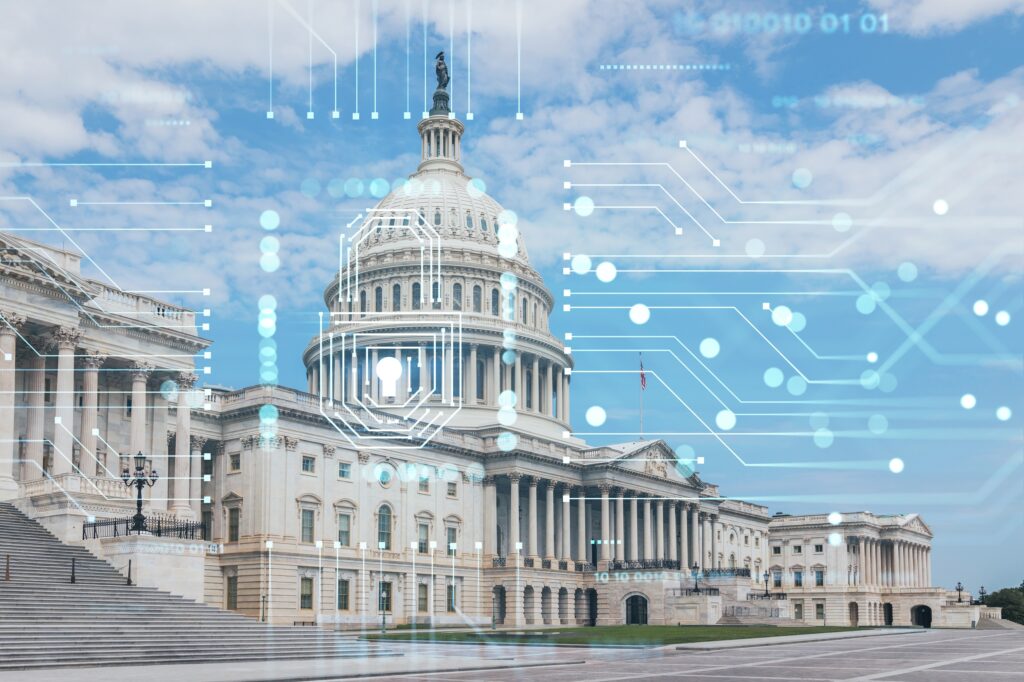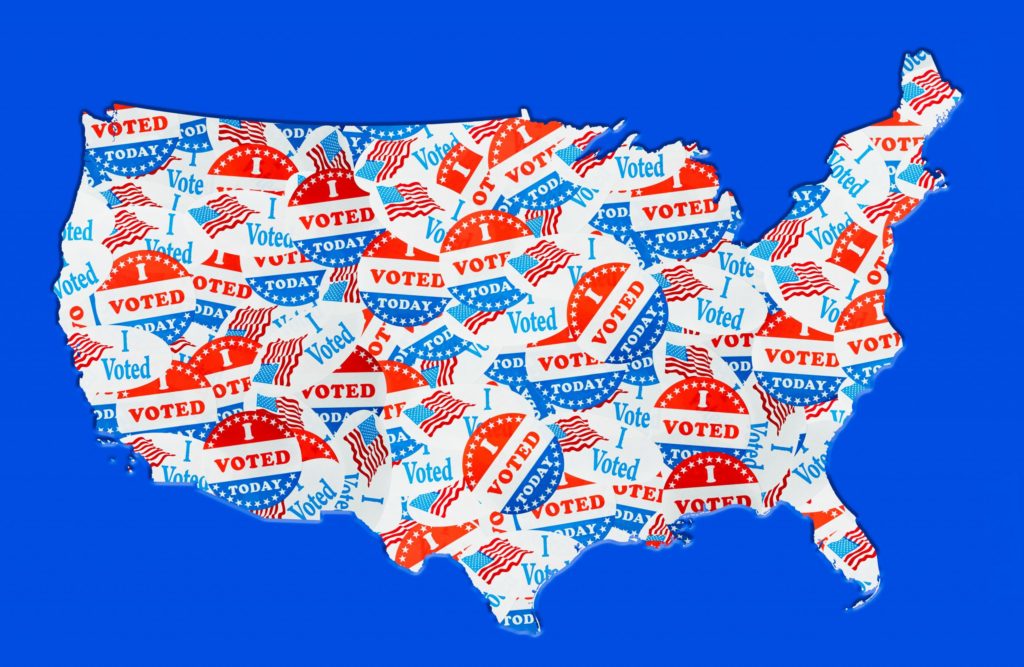Insurance bills could have a big impact on Texas
Most people find insurance regulation boring, and maybe that’s understandable. But in a state with some of the highest home insurance rates in the nation, Texans have good reason to pay attention.
Right now, both good and bad insurance reform bills are making their way through the statehouse. These pieces of legislation could have significant implications for insurance rates throughout the state in the years to come.
Let’s get the bad news out of the way first. For decades, the state-run Texas Windstorm Insurance Association has provided windstorm insurance to certain designated counties along the Texas coast. TWIA is supposed to serve as an “insurer of last resort,” providing coverage only where individuals are not be able to get windstorm insurance from private companies at a competitive price.
Most Gulf Coast states have similar programs to make sure coastal residents are able to get windstorm insurance. The best of these programs include rules to make sure policyholders pay premiums set at or above market rates. TWIA’s rates, by contrast, are often significantly below the market level.
According to TWIA’s own calculations, its rates are currently about 22 below what is needed to be “actuarially sound,” i.e., what’s needed to meet its expected future losses. Not surprisingly, the number of TWIA policies has ballooned over the past decade, leaving the agency even more exposed.
TWIA’s financial position has improved considerably in the past couple of years, thanks to new management and a lack of storms. And while the agency does need to be fundamentally reformed, it has been making progress toward rate adequacy and fiscal sustainability.
Unfortunately, legislation currently before the state Legislature would undermine TWIA’s efforts to right itself, while shifting those risks onto all Texans. S.B. 900 would reconfigure TWIA’s board by increasing the relative power of those who have traditionally opposed moves toward rate adequacy. Instead, the legislation would force TWIA to rely more on assessments of insurance companies, assessments that inevitably would be passed on to policyholders throughout the state. Folks in Lubbock or San Antonio could end up paying to subsidize insurance for beach-front property, without receiving any benefit from the TWIA program.
But the news out of the Legislature isn’t all bad. Lawmakers also are taking steps to rein in litigation abuse involving hail damage in other parts of the state. Hail claims have increased 84 percent since 2010, and litigation over hail damage has exploded in certain regions. According to attorneys G. Brian Odom and Tyler McGuire, 35 percent of recent hail damage claims in Hidalgo County have resulted in a lawsuit, far in excess of the historical 2 percent litigation rate. Litigation also has been encouraged by provisions in Texas law that allow attorneys to collect large fees and penalties in hail insurance cases.
As with TWIA, the costs of the litigation borne by insurance companies is ultimately passed along to homeowners in the form of higher premiums. To stop this, S.B. 1628 clarifies the procedural requirements surrounding hail litigation in order to help preclude fraud.
Whether it’s trial lawyers filing hail claims or the inner workings of TWIA, the principle is the same: when you try to squeeze money out of insurance companies, it’s consumers that end up feeling the pinch. Insurance regulation may not be the most interesting topic, but it’s important to make sure that government regulation benefits the whole state, rather than pitting some Texans against others.









